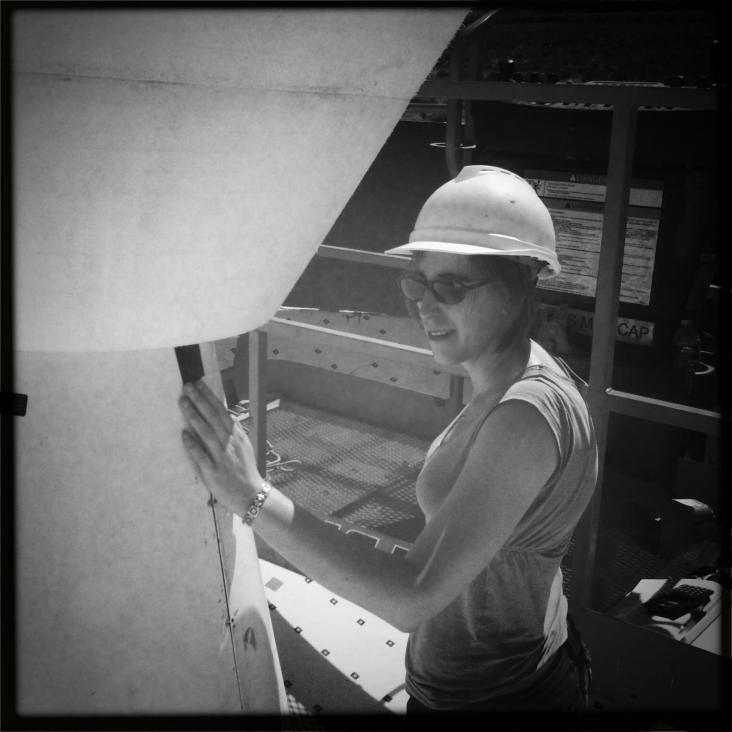The C-Band All-Sky Survey (C-BASS): constraining diffuse Galactic radio emission in the North Celestial Pole region
Monthly Notices of the Royal Astronomical Society Oxford University Press 485:2 (2019) 2844-2860
Abstract:
The C-Band All-Sky Survey (C-BASS) is a high sensitivity all-sky radio survey at an angular resolution of 45 arcmin and a frequency of 4.7 GHz. We present a total intensity map of the North Celestial Pole (NCP) region of sky, above declination >+80°, which is limited by source confusion at a level of ≈0.6 mK rms. We apply the template-fitting (cross-correlation) technique to WMAP and Planck data, using the C-BASS map as the synchrotron template, to investigate the contribution of diffuse foreground emission at frequencies ∼20–40 GHz. We quantify the anomalous microwave emission (AME) that is correlated with far-infrared dust emission. The AME amplitude does not change significantly (<10 per cent) when using the higher frequency C-BASS 4.7 GHz template instead of the traditional Haslam 408 MHz map as a tracer of synchrotron radiation. We measure template coefficients of 9.93 ± 0.35 and 9.52±0.34 K per unit τ353 when using the Haslam and C-BASS synchrotron templates, respectively. The AME contributes 55±2μK rms at 22.8 GHz and accounts for ≈60 per cent of the total foreground emission. Our results show that a harder (flatter spectrum) component of synchrotron emission is not dominant at frequencies ≳5 GHz; the best-fitting synchrotron temperature spectral index is β = −2.91 ± 0.04 from 4.7 to 22.8 GHz and β = −2.85 ± 0.14 from 22.8 to 44.1 GHz. Free–free emission is weak, contributing ≈7μK rms (≈7 per cent) at 22.8 GHz. The best explanation for the AME is still electric dipole emission from small spinning dust grains.The C-Band All-Sky Survey (C-BASS): Digital backend for the northern survey
Monthly Notices of the Royal Astronomical Society Oxford University Press (OUP) (2019)
The C-Band All-Sky survey (C-BASS)
Proceedings of the 53rd Rencontres de Moriond, Cosmology 2018 ARISF (2018) 137-140
Abstract:
The C-Band All-Sky survey (C-BASS) is an experiment to image the whole sky in intensity and polarization at 5 GHz. The primary aim of C-BASS is to provide low-frequency all-sky maps of the Galactic emission which will enable accurate component separation analysis of both existing and future CMB intensity and polarization imaging surveys. Here we present an overview of the experiment and an update on the current status of observations. We present simulation results showing the expected improvement in the recovery of CMB and foreground signals when including C-BASS data as an additional low-frequency channel, both for intensity and polarization. We also present preliminary results from the northern part of the sky survey.The C-Band All-Sky Survey (C-BASS): design and capabilities
MONTHLY NOTICES OF THE ROYAL ASTRONOMICAL SOCIETY 480:3 (2018) 3224-3242
The state-of-play of Anomalous Microwave Emission (AME) research
New Astronomy Reviews Elsevier (2018)


